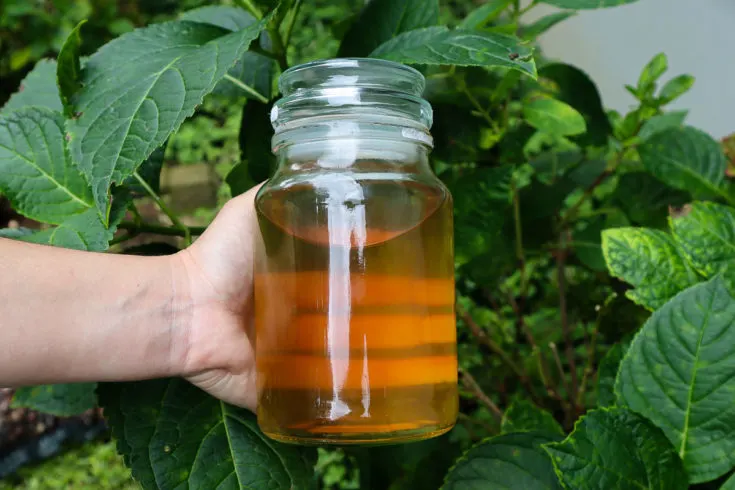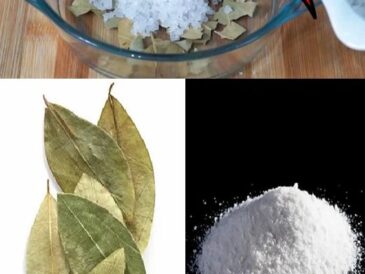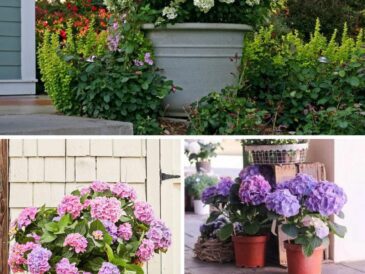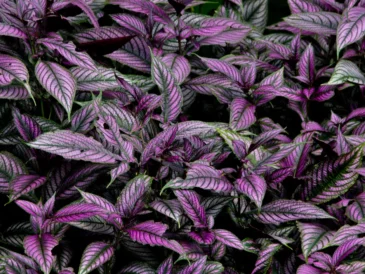Hydrangea arborescens
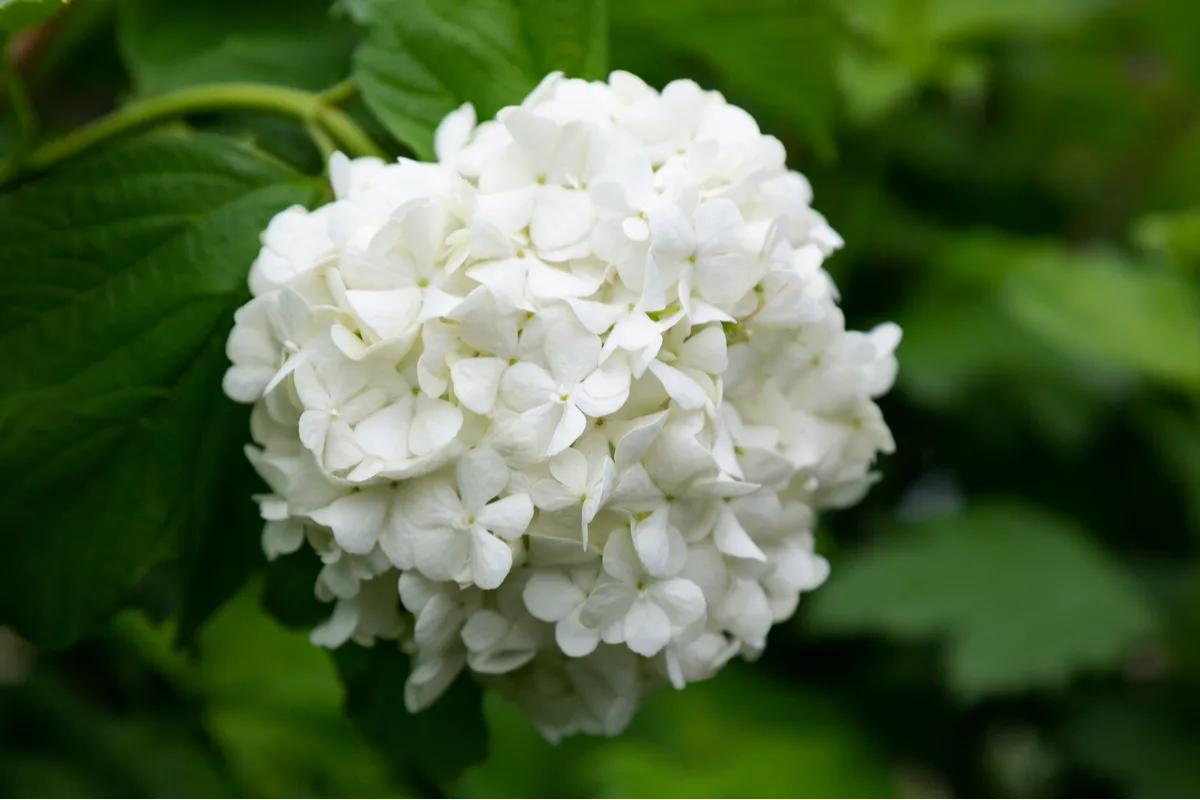
This plant is also called Wild Hydrangea or Smooth Hydrangea, originating from the Eastern United States. These plants should be grown in at least 4-6 hours of sunlight and although they can take a bit of shade, their blooms will be better with more sun.
There are pink varieties of this plant, but by far the most popular are the white-flowering cultivars such as ‘Annabelle’ and ‘Invincibelle’. This species needs feeding in spring with a formula like 15:30:15 which has double the phosphorous to encourage big and bright blooms.
Hydrangea paniculata
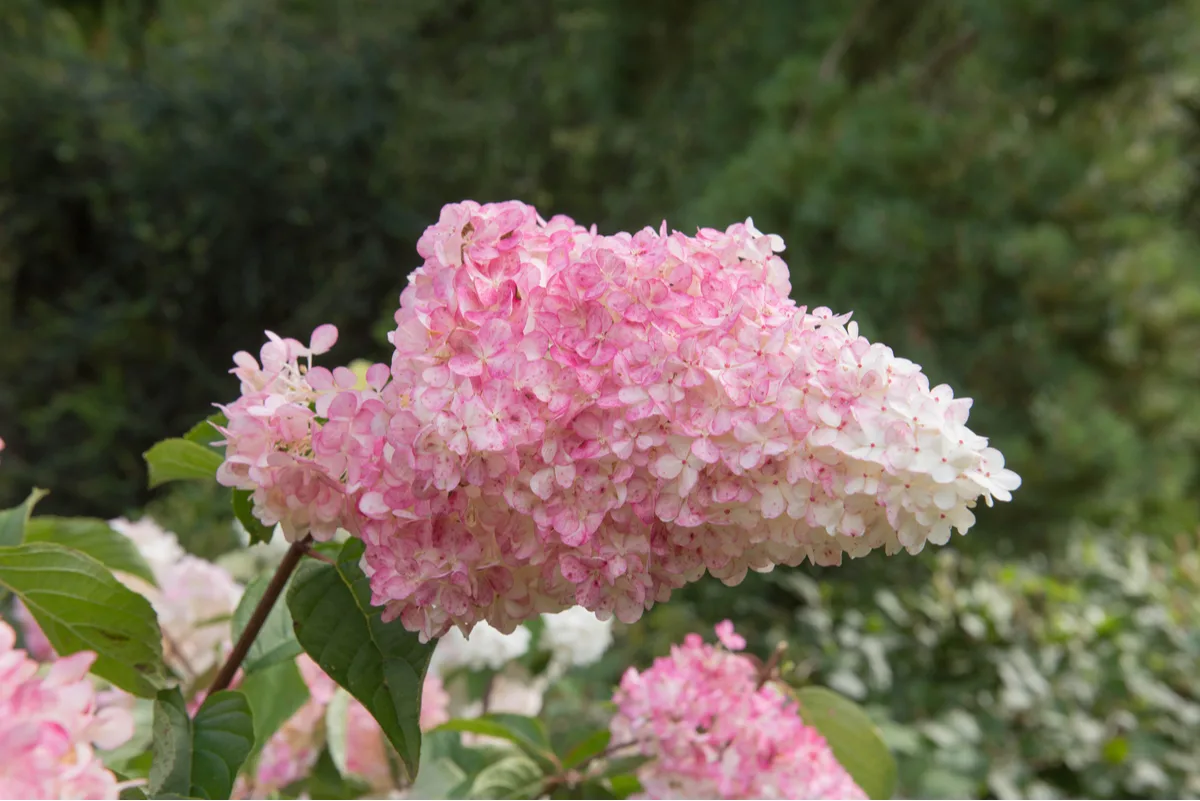
Also known as Panicle Hydrangea, this hydrangea has conical-shaped flowers and is more cold-tolerant than other types. It’s the easiest hydrangea to look after. In fact, it prefers not to be fed too much as this may produce weaker stems.
Feeding with a balanced 10:10:10 ratio NPK in spring will be enough to get the best flowers. Make sure the plants are positioned in an area that gets 6 hours of sun a day and shade in the hottest climates in the afternoons. The flowers are usually white but can also be a mix of pink and red tones as they get older.
Hydrangea quercifolia
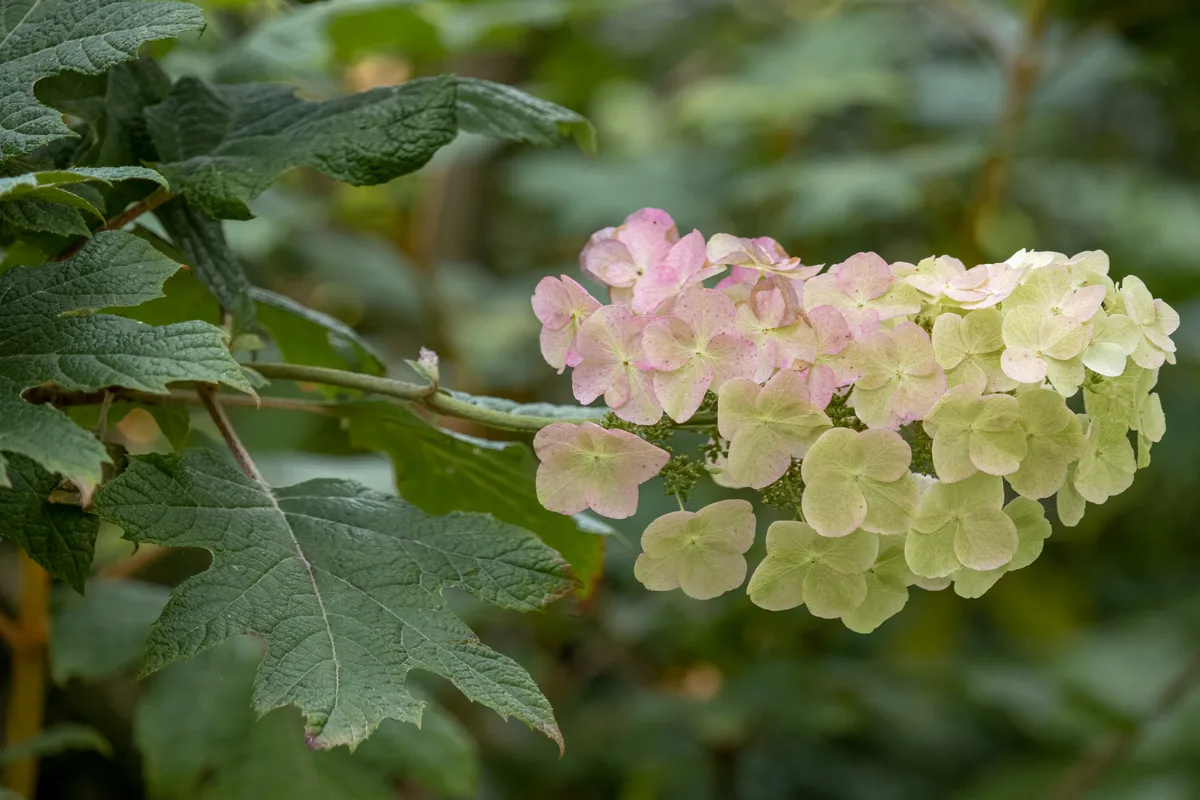
This is the Oakleaf Hydrangea, named for its oak-leaf-shaped leaves. It originates in the southeastern USA and grows in zones 5-9. This covers a good range, excluding only the coldest northern regions and the hottest southern regions.
This large shrub will benefit from a fertilizer high in phosphorous, such as 15:30:15. Apply in spring to encourage better blooms.
The flowers are cone-shaped and bloom from mid-spring to mid-summer. These white flowers turn shades of pink, purple, red and orange as the season continues. They prefer some sun to perform well, but will also do better with a little shade in hotter climates.
Hydrangea anomala subsp. petiolaris
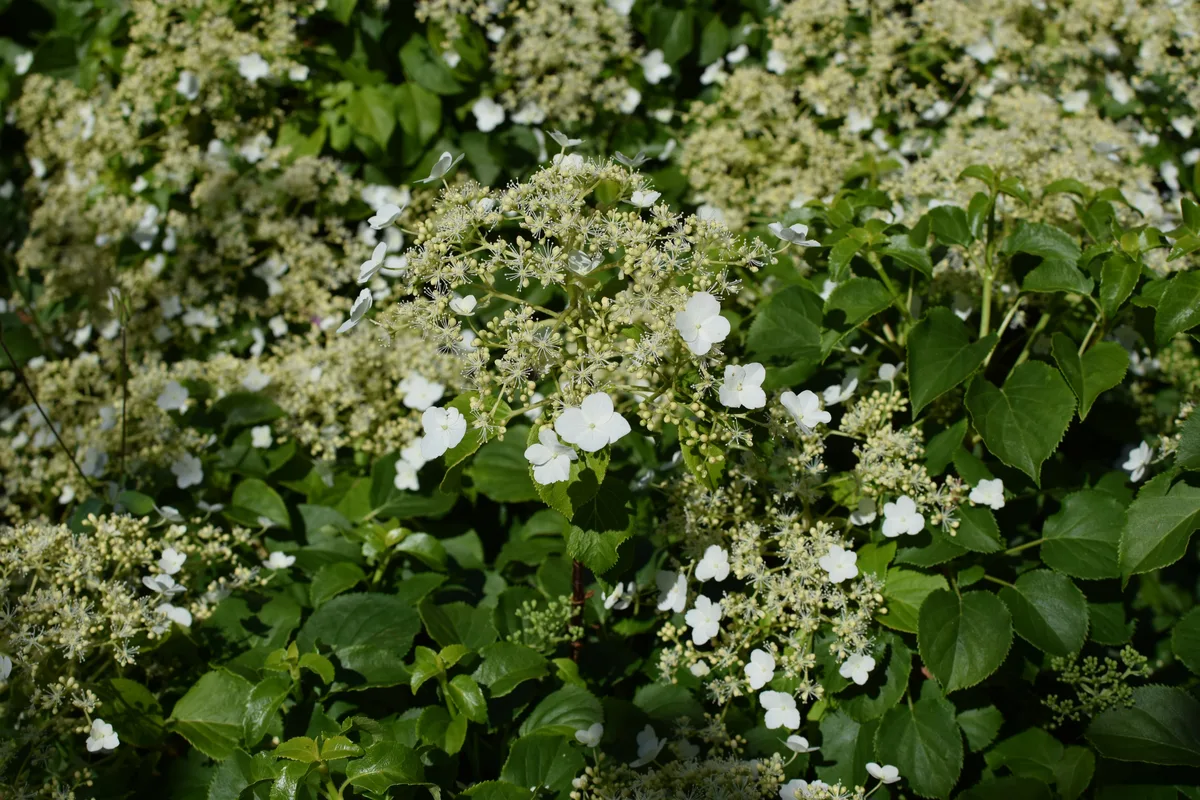
The Climbing Hydrangea is one of the few vine types around. This type of hydrangea can climb 30-80 feet and 3-5 feet wide. Grown in sun or shade, it is quite hardy, planted in zones 4-8. The Climbing Hydrangea blooms in spring and summer, producing white flowers with shades of cream and yellow.
Feed climbing hydrangeas a few times in the growing season. In spring and again in early summer, use a balanced 10:10:10 fertilizer for good growth and blooms.
Hydrangea serrata
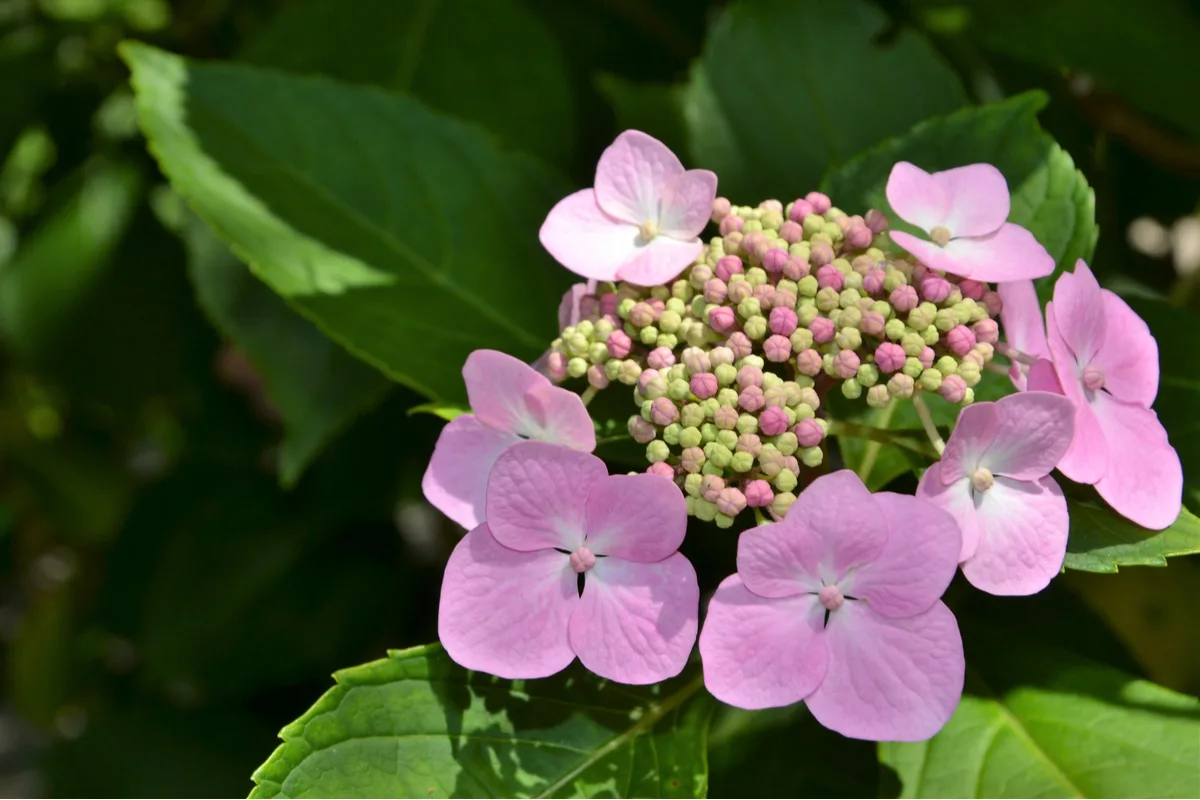
The Mountain Hydrangea, hailing from Japan and Korea, prefers the warmer weather and is susceptible to cold damage. Like Hydrangea macrophylla, the colors of the flowers will depend on the soil composition. The blooms will be pinker in alkaline soils and bluer in acidic soils. They can also be shades in-between and even white.
Use a slow-release fertilizer high in phosphorous like 15:30:15 in spring to make sure you get the best blooms in late spring and summer.
Things To Consider
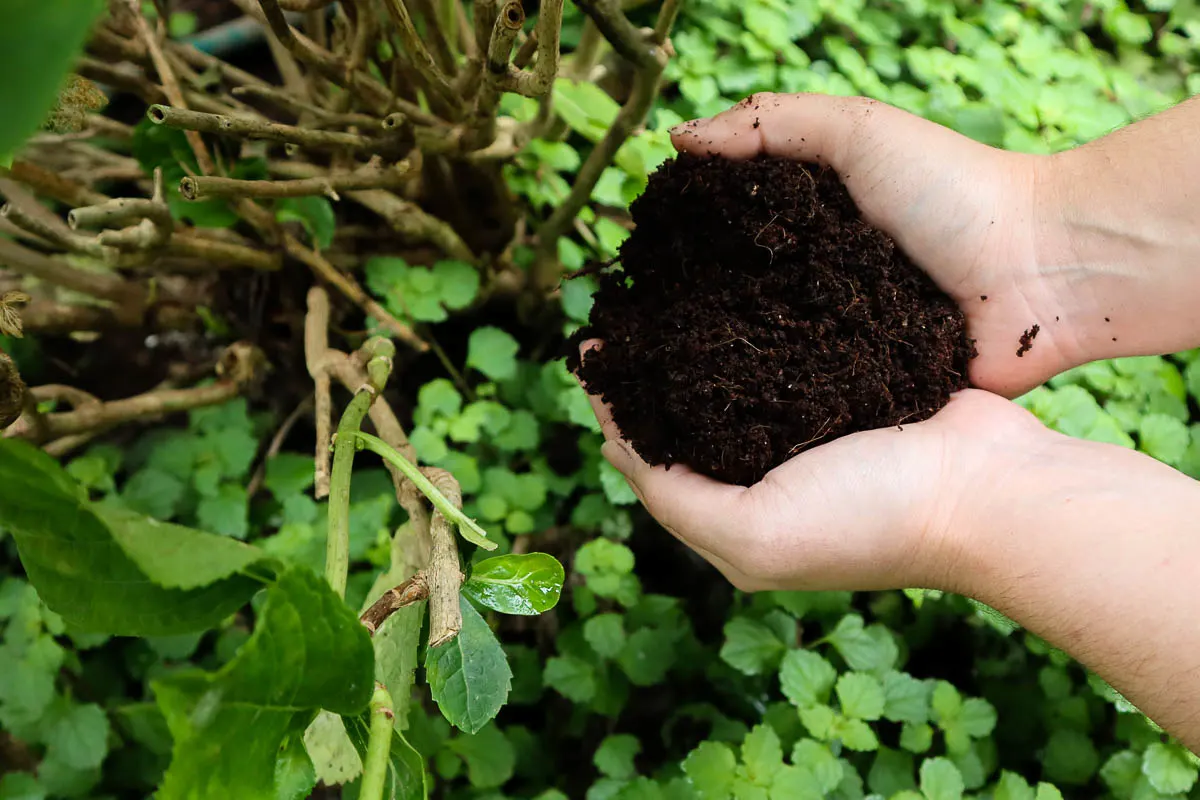
Fertilizer is not the only thing that guarantees strong blooms. These conditions are also essential to strong flowering:
- Choose the correct cultivar for your climate.
- Prepare the soil well before planting with the proper nutrients.
- Keep the soil moist but well-draining.
- Choose the correct position in the garden for the chosen variety, making sure they get enough sun and enough shade for their needs.
On top of this, keep up with maintenance like proper pruning and watering – all essential to get the most out of your plants.
